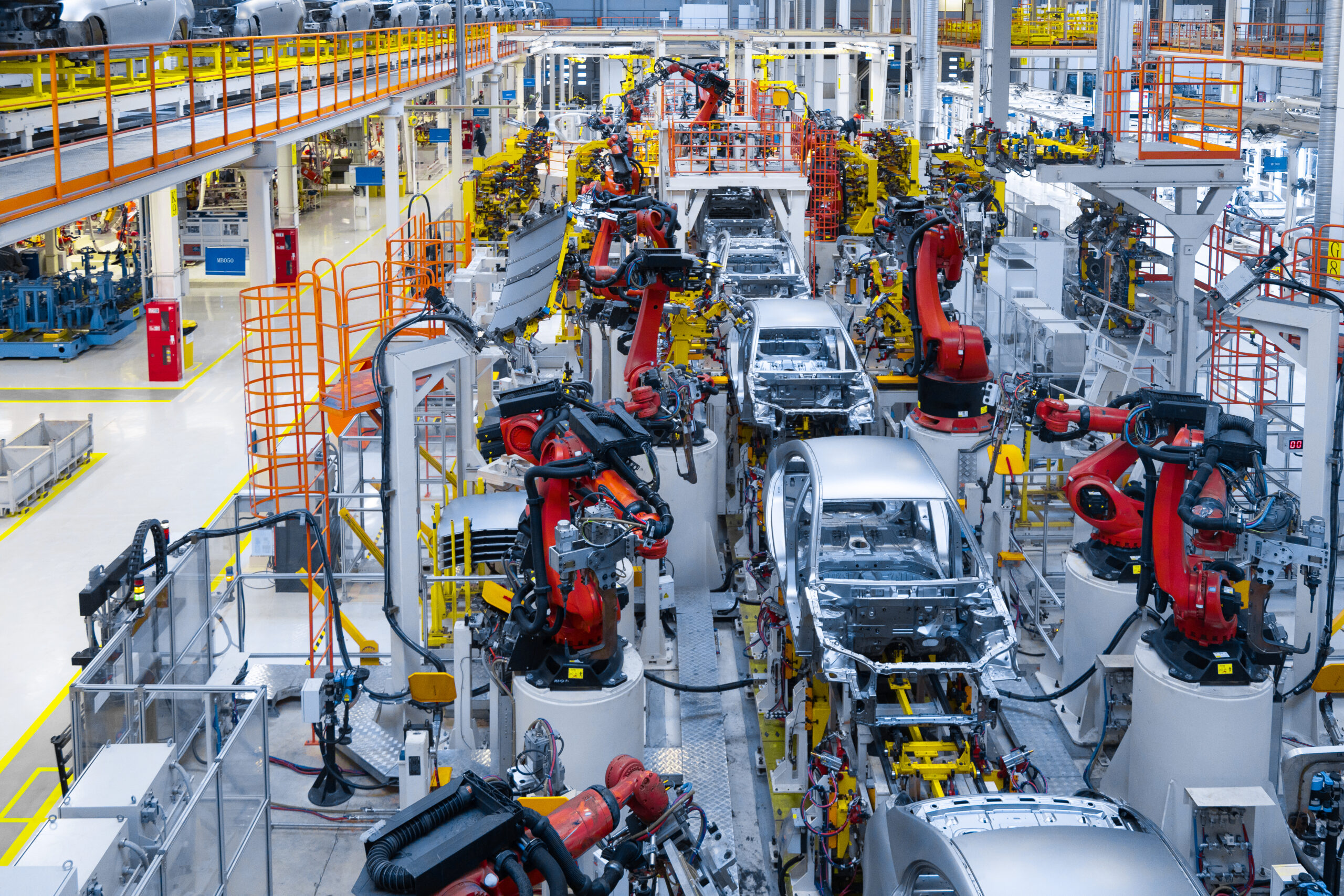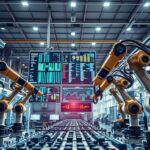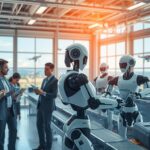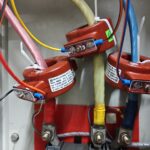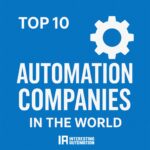Table of Contents
- Introduction
- 1. Customer Service Representatives
- Example: Chatbots in E-commerce
- 2. Telemarketers
- Example: AI-Driven Telemarketing Campaigns
- 3. Truck Drivers and Delivery Personnel
- Example: Autonomous Trucks by Waymo
- 4. Manufacturing Workers
- Example: Automated Assembly Lines
- 5. Data Entry Clerks
- Example: Robotic Process Automation (RPA)
- 6. Cashiers
- Example: Self-Checkout Machines in Supermarkets
- 7. Travel Agents
- Example: AI in Travel Planning
- 8. Journalists and Content Writers
- Example: AI-Generated News Articles
- 9. Healthcare Diagnostics
- Example: AI in Radiology
- 10. Retail Associates
- Example: AI-Powered Inventory Management
- Conclusion
1. Introduction
Which jobs will be replaced by AI in 2030? As we look toward the future, artificial intelligence (AI) is poised to dramatically reshape the workforce. From customer service and telemarketing to healthcare diagnostics and truck driving, AI is already making significant strides in replacing jobs that involve routine tasks and manual labor. By 2030, many jobs we rely on today will be performed by machines or automated systems.
This shift in the labor market brings with it both challenges and opportunities. While some workers may face job displacement, others will find new roles and opportunities in the evolving AI-driven landscape. In this blog post, we’ll explore the top jobs most likely to be replaced by AI by 2030, providing examples of how automation is already transforming various industries.
2. Customer Service Representatives

Example: Chatbots in E-commerce
Customer service is one of the most impacted sectors by AI. Chatbots, powered by natural language processing (NLP) and machine learning algorithms, can handle customer inquiries, process orders, and even resolve common issues without any human intervention.
For example, online retailers like Amazon and eBay use AI-driven chatbots to assist customers 24/7. These bots can answer questions about product availability, order status, shipping times, and returns. As AI technology improves, these bots are becoming more adept at understanding context and providing personalized assistance.
By 2030, routine customer service positions will likely be replaced by these AI systems, as they can offer quicker, more efficient responses than human workers, while lowering costs for businesses.
3. Telemarketers
Example: AI-Driven Telemarketing Campaigns

Telemarketing is another job at high risk of being replaced by AI. With advancements in speech recognition and automated dialers, AI can now conduct entire telemarketing campaigns, making calls, delivering scripts, and responding to queries in a natural-sounding voice.
Take, for instance, Google Duplex, an AI technology capable of making phone calls and engaging in conversation to schedule appointments or inquire about services. Google Duplex is already capable of handling calls for restaurants, salons, and other service-based industries, eliminating the need for human telemarketers to perform these tasks.
By 2030, this technology will be even more sophisticated, allowing AI to not only speak naturally but also adapt to different scenarios, understand customer sentiment, and close sales, ultimately replacing human telemarketers.
4. Truck Drivers and Delivery Personnel
Example: Autonomous Trucks by Waymo

The transportation industry, especially long-haul trucking, is expected to undergo significant changes due to AI. Companies like Waymo and Tesla are already testing autonomous vehicles capable of driving long distances without human intervention.
Waymo’s self-driving trucks, for instance, utilize machine learning algorithms to navigate highways, avoid obstacles, and follow traffic laws. These trucks can work 24/7, eliminating the need for human drivers on the open road. Additionally, local delivery services are also moving towards automation with drones and robotic delivery systems.
By 2030, truck driving as a profession will be largely automated, with humans relegated to overseeing the systems or handling short-distance deliveries.
5. Manufacturing Workers
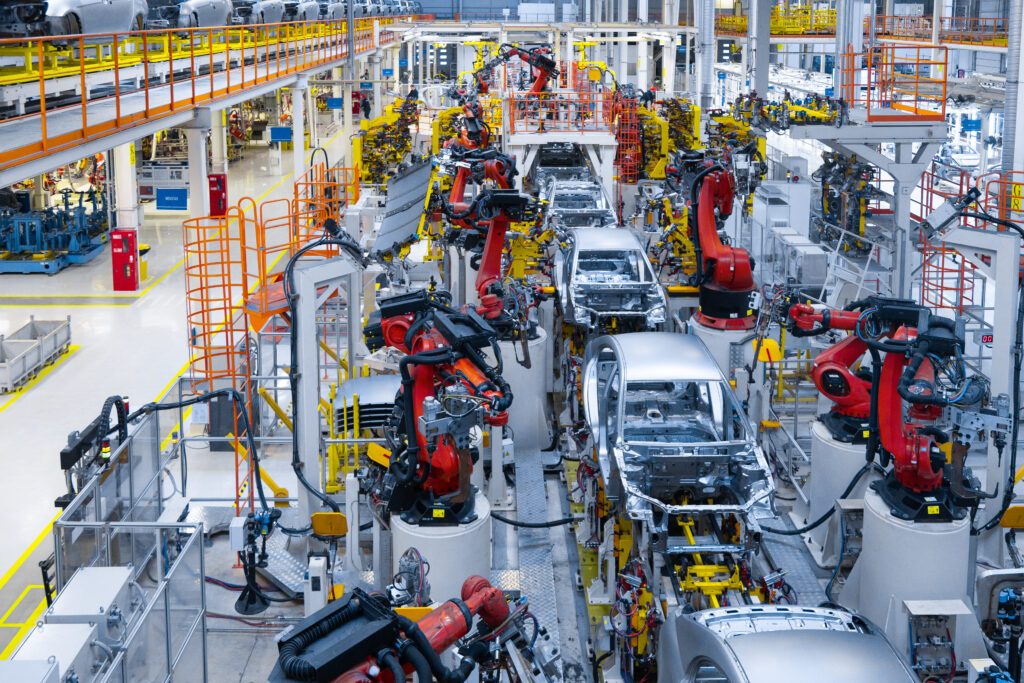
Example: Automated Assembly Lines
Manufacturing is an industry that has already experienced significant automation, and this trend is set to continue. AI-powered robots and machines can assemble products, conduct quality control, and even perform complex tasks that require precision and efficiency.
For example, Tesla’s Gigafactory uses robots to perform a wide range of tasks, from assembling vehicles to welding parts together. These robots are able to work at much higher speeds than human workers while maintaining a high level of accuracy.
By 2030, jobs in traditional manufacturing that involve repetitive tasks will likely be automated entirely. However, human workers will still be needed for overseeing these systems, performing maintenance, or managing logistics.
6. Data Entry Clerks
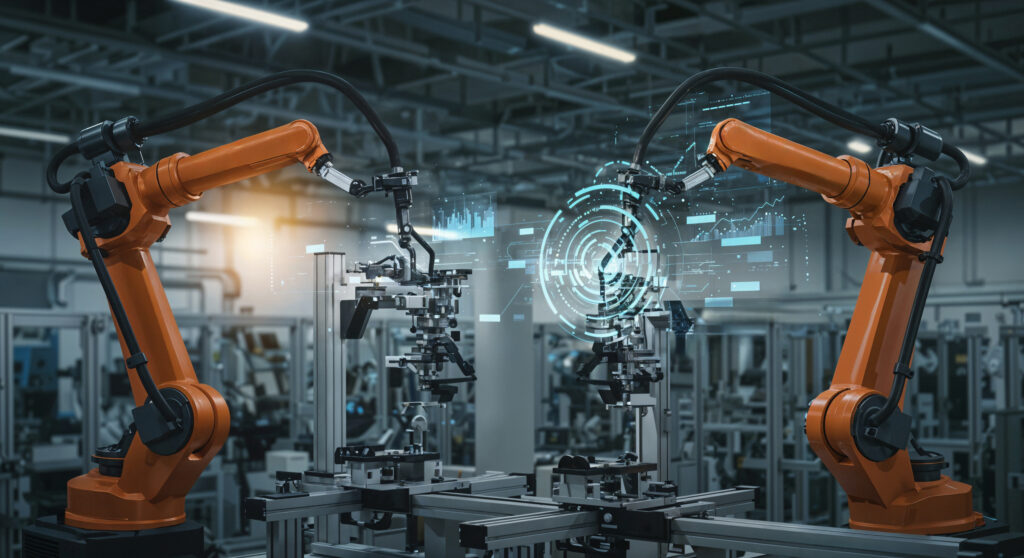
Example: Robotic Process Automation (RPA)
Data entry is one of the most mundane and repetitive tasks across multiple industries. AI systems and Robotic Process Automation (RPA) are already being used to automate these tasks, reducing the need for human workers to manually input data into systems.
For example, companies like UiPath and Automation Anywhere provide AI-powered RPA solutions that can automatically capture, process, and enter data across various platforms, including spreadsheets, databases, and customer relationship management (CRM) systems.
By 2030, the role of data entry clerks will be almost completely obsolete, as AI will be able to handle the task more efficiently and accurately than humans.
7. Cashiers

Example: Self-Checkout Machines in Supermarkets
Cashiers in retail settings are already being replaced by self-checkout systems that allow customers to scan and pay for their items without needing human assistance. Supermarkets and department stores are increasingly using AI to automate the checkout process, reducing labor costs and speeding up transactions.
For example, Walmart has been implementing self-checkout systems in its stores for years, and customers can even use mobile payment apps like Apple Pay to bypass cashiers entirely. These AI systems use computer vision to accurately scan products and process payments, ensuring the efficiency of the checkout process.
By 2030, cashier positions will likely be replaced by AI-driven self-checkout and payment systems, especially in supermarkets and large retail chains.
8. Travel Agents

Example: AI in Travel Planning
The role of travel agents is already being disrupted by AI-powered booking platforms. Websites like Expedia and Kayak use AI to provide users with personalized travel recommendations, analyze travel preferences, and suggest the best flights, hotels, and activities.
Moreover, AI-driven tools like Google Assistant and Skyscanner are helping travelers book flights and accommodations with ease, providing real-time price comparisons and itineraries based on past behavior and search history.
By 2030, most travel planning will be handled by AI. Humans will be required only for highly customized or niche travel experiences that AI can’t fully understand or accommodate.
9. Journalists and Content Writers

Example: AI-Generated News Articles
AI has already started to impact the content creation industry. Natural language generation (NLG) tools like Wordsmith and GPT-3 can automatically write articles, generate reports, and even craft blog posts with little to no human involvement.
For example, The Associated Press and Reuters use AI to generate financial reports, sports summaries, and breaking news articles. These systems can process large amounts of data and produce content in seconds, significantly reducing the time it takes to publish news stories.
By 2030, AI will likely take over the creation of routine news content, leaving journalists to focus on investigative reporting, analysis, and more creative, opinion-based pieces.
10. Healthcare Diagnostics
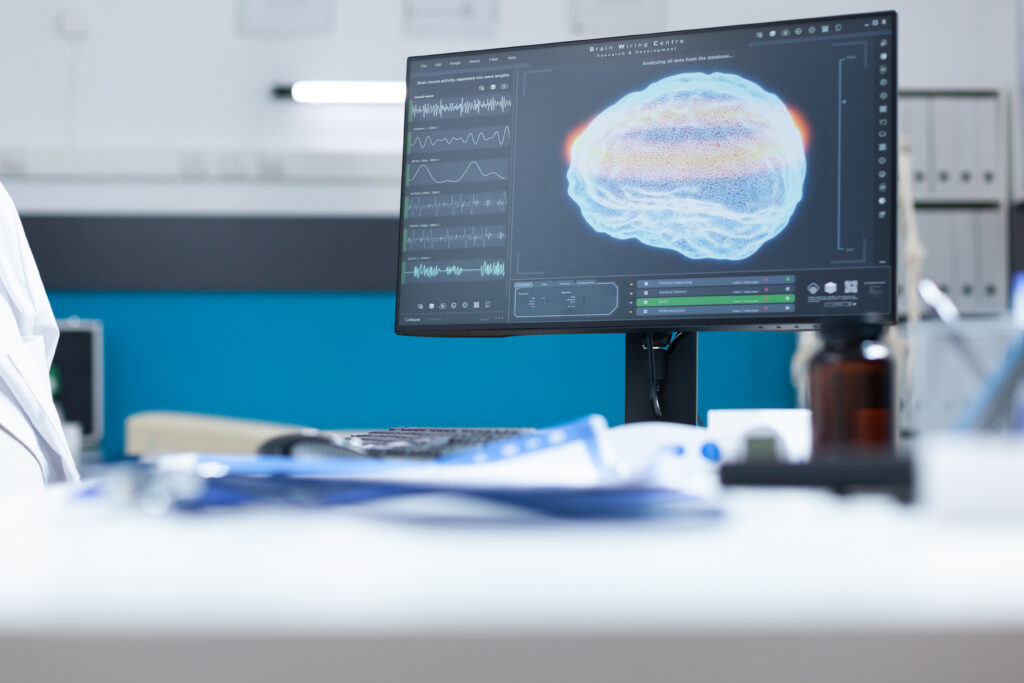
Example: AI in Radiology
AI is increasingly being used in healthcare to assist with diagnostics. Machine learning algorithms can analyze medical data, such as X-rays, MRIs, and CT scans, to detect diseases and abnormalities more quickly and accurately than human doctors.
For example, Zebra Medical Vision uses AI to analyze medical images and identify early signs of diseases such as cancer, heart disease, and neurological conditions. In some cases, AI has shown to outperform radiologists in terms of diagnostic accuracy.
By 2030, many aspects of diagnostic work, especially in radiology, will be fully automated, with AI handling the bulk of analysis and detection, leaving healthcare professionals to focus on treatment and patient care.
11. Retail Associates

Example: AI-Powered Inventory Management
AI is transforming the retail industry in multiple ways, including inventory management and customer service. Automated systems can track product availability, manage stock levels, and even reorder products when stocks are low.
For example, Amazon’s warehouses use AI-driven robots to move items, track inventory, and optimize warehouse organization. These robots have made it possible for Amazon to offer next-day shipping and significantly reduce the need for human warehouse workers.
By 2030, retail jobs such as stocking shelves, inventory management, and store organization will be automated, with human workers primarily responsible for customer service and other high-touch roles.
The impact of AI on the workforce by 2030 is inevitable, and many jobs currently performed by humans will be replaced by automation. While some of these roles—such as customer service representatives, telemarketers, truck drivers, and cashiers—are already being disrupted, others, such as healthcare diagnostics and content creation, are still in the early stages of transformation.
It’s important to remember that while AI will replace many routine and repetitive jobs, it will also create new opportunities in areas such as AI programming, robotics maintenance, and data analysis. Workers in industries at risk of automation should start preparing by acquiring new skills and adapting to the changing job market.
As we approach 2030, it will be vital for governments, companies, and workers themselves to embrace this transition, ensuring that AI benefits society while minimizing the negative impact on employment.
